Is GT just a gross misconception?
The lingering fascination with gross tonnage affects how superyachts are valued…but is there a better metric?
The metrics by which we measure superyachts carry value connotations. But value to who? Misconceptions around the true definition of gross tonnage persist across many areas of the industry. Gross tonnage, the second figure quoted in most references to a yacht after LOA (length overall), is a measurement that traces its origin to the merchant fleet using the moulded volume of enclosed spaces of the ship. It may be, however, be an outdated measurement when simplistically attributing value to the user of a yacht.
Originally these findings were published in the Superyacht New Build Report, using Data Supplied by The Superyacht Agency and Rob Doyle Design. The latter whose reimaging of the concept of 'usable space' onboard the convention-busting concept "Project Fury' led to this piece.
The relationship of GT to the amount of lived-in space is weak. Even the most extravagant real estate does not include a volumetric measurement. Square metres give the floor space, and the three-dimensional space is inferred. Obviously, it has many applications across the commercial sector and for purposes of
classification, but its persistence in the superyacht sector leads to misunderstandings.
As a mathematical curiosity, it’s intriguing. Volume increases as the length, width and height of a shape increase (by the power of three). Increase the length of the sides of a cube from one metre to three metres and the volume will grow to 27m3, for example. Large yachts’ cubic spaces (GT) increase disproportionately with length.
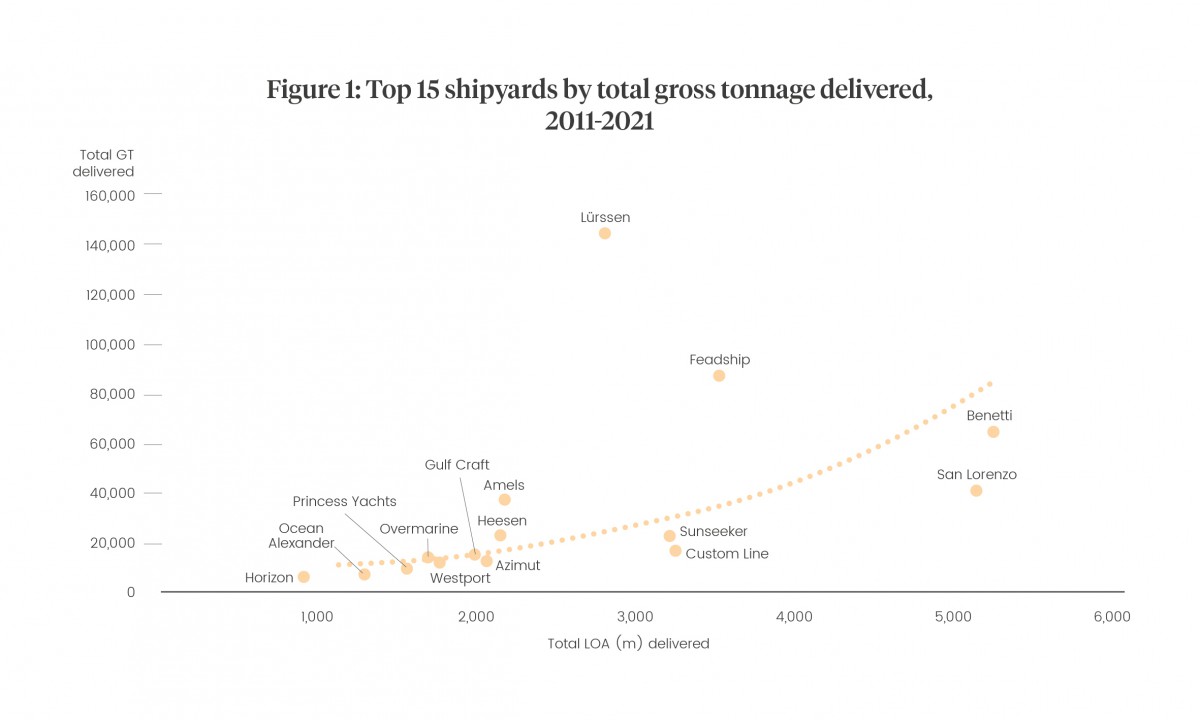 When the total GT of deliveries is plotted against the total LOA, as in the figure above, yards such as a Lürssen sit above the trend line. When the average GT per LOA delivered is recalculated, as in Figure 2 below the yards even out and the trend line becomes clearer.
When the total GT of deliveries is plotted against the total LOA, as in the figure above, yards such as a Lürssen sit above the trend line. When the average GT per LOA delivered is recalculated, as in Figure 2 below the yards even out and the trend line becomes clearer.
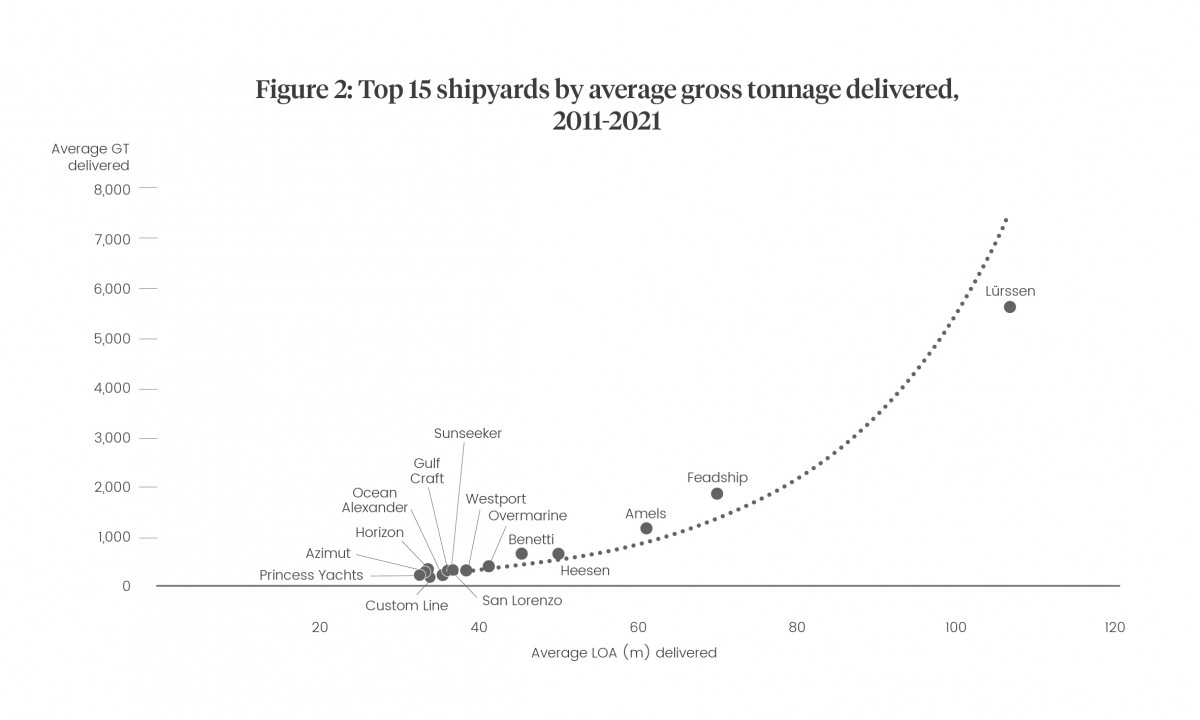
The growth of this curve is not as drastic X to the power of 3, as would be expected from perfect cubes, but it does still convey the disproportionate increase in GT vs LOA. Converting this to a meaningful statistic is challenging and should not be taken at face value.
Figure 3, below, shows a selection of well-known sailing yachts and motoryachts plotting GT vs LOA, and while not directly comparable, the less pronounced trend is clear. Sailing yachts do not exhibit a very noticeable increase in volume vs length because, in general, they don’t grow in height vs length in the same way that a motoryacht does. Nothing revelatory there.
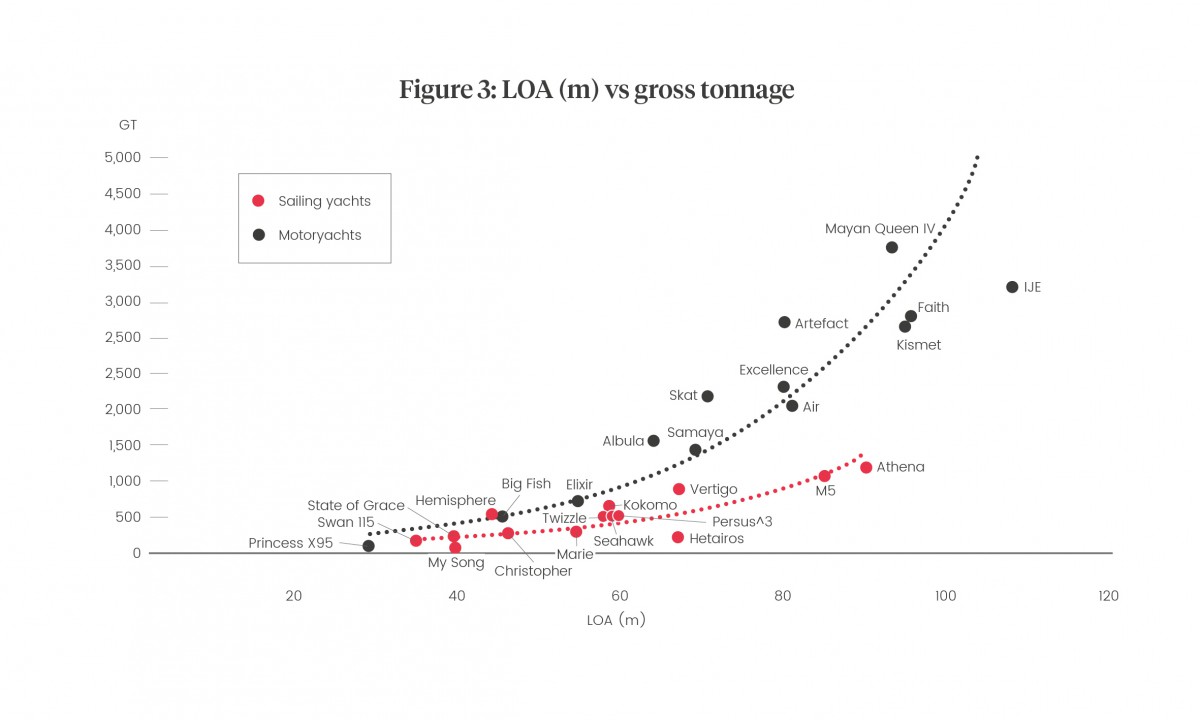
The intriguing difference comes when a different metric is applied. By carefully analysing the GAs of a selection of sailing yachts, in partnership with Van Geest Design, and selecting the ‘usable’ spaces, a different distribution can be seen, as shown in Figure 4, below.
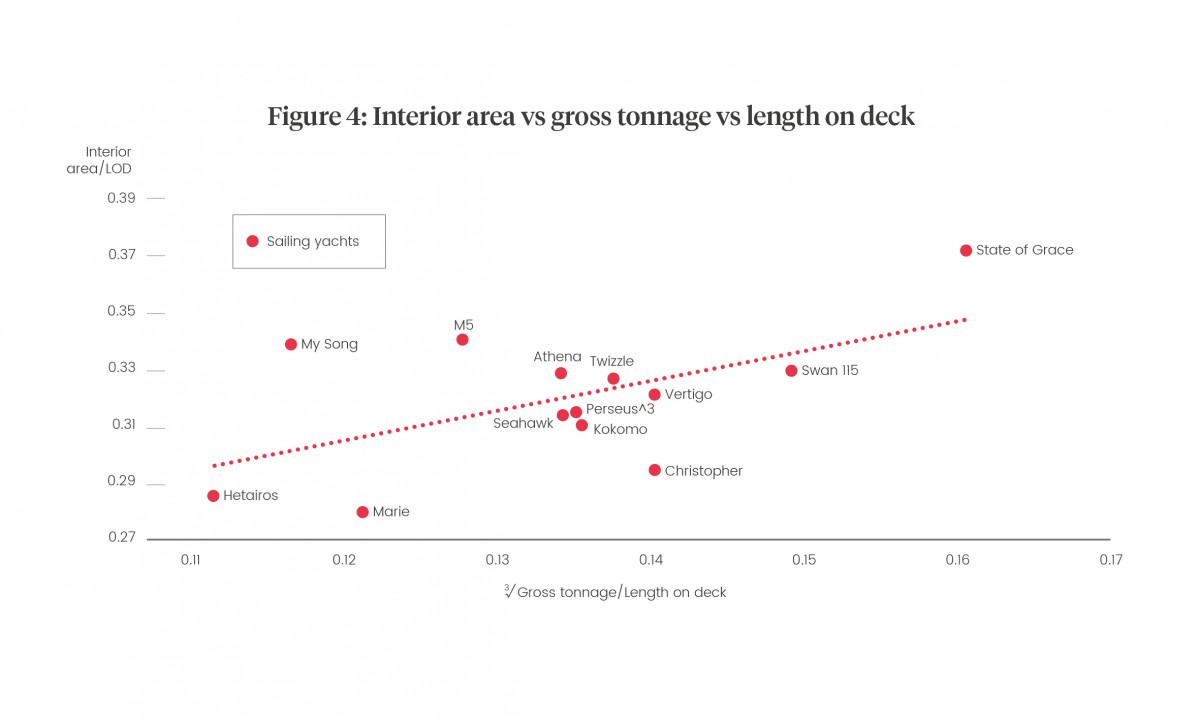
Usable space has been calculated here manually but it is broadly the guest usable spaces, no technical walkways, no winch spaces, tender garages or limo bays etc. These spaces are then divided by the cubed route of the floor plan vs GT to remove the volumetric consideration. This is then plotted against the square root of the length vs the length on deck, not the length overall, again to consider the usable spaces. This re-evaluation produces a far less reductive distribution.
S/Y Vertigo, a 67m vessel with 837GT and one of the larger sailing yachts, sits above the trend line in Figure 3, suggesting a high return of internal spaces. However, when taking into account just the interior spaces that can be used by removing outlying space, it falls below the trend line in Figure 4. Conversely, S/Y M5 moves from average to well above the trend line.
This is a concept that requires input, not least from designers and yards, but it allows for more specific consideration of a yacht’s usable space. The majority of this data is available but requires manual manipulation and CAD analysis of GAs. It does, however, offer an alternative and unique re-evaluation of value to the client.
Click here to become part of The Superyacht Group community, and join us in our mission to make this industry accessible to all, and prosperous for the long-term. We are offering access to the superyacht industry’s most comprehensive and longstanding archive of business-critical information, as well as a comprehensive, real-time superyacht fleet database, for just £10 per month, because we are One Industry with One Mission. Sign up here.
Related news

Wally introduces wallywind series
This new range, from 34 to 46m, are designed for long range cruising, with the wallywind 110 due for completion in 2024
Fleet
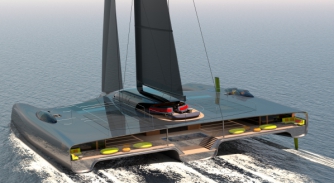
Project Domus, because why not?
Rob Doyle, Pieter Van Geest and Mark Small prove that feasible superyacht concepts needn’t adhere to current design trends
Fleet

Sailing ahead with Southern Spars
Mark Hauser, co-director and founder of Southern Spars, discusses the AC, carbon technology and the future of the sail
Technology

The road to Barcelona for the 37th America's Cup
Aaron Young, commodore of the Royal New Zealand Yacht Squadron, looks ahead to Barcelona and discusses the decision to take The Cup north
Business
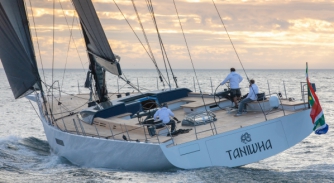
Defining the sailing sweet spot
Southern Wind commercial director Andrea Micheli reflects on the challenges and successes on offer in the sailing yacht sector
Business
Related news
Wally introduces wallywind series
2 years ago
Project Domus, because why not?
2 years ago
Sailing ahead with Southern Spars
2 years ago
The road to Barcelona for the 37th America's Cup
2 years ago
Defining the sailing sweet spot
2 years ago



